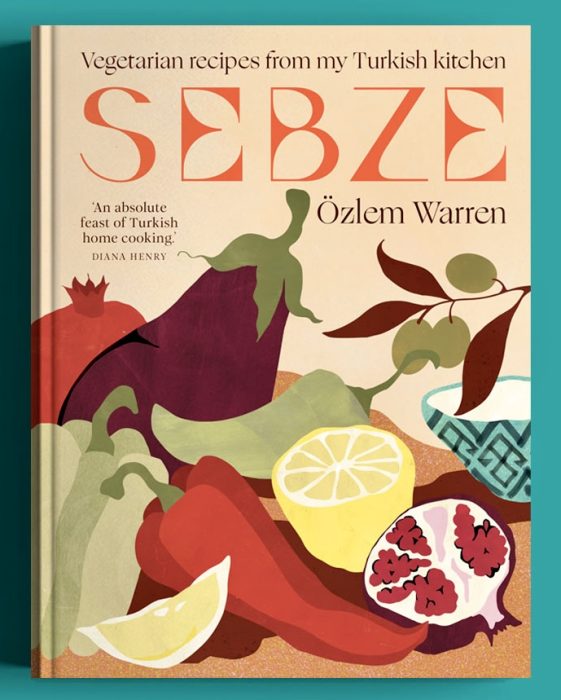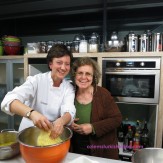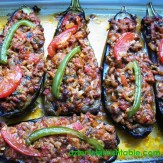
Pancake day is round the corner, and I wanted to remind you our delicious, savoury Kaygana crepes, from my new book SEBZE, Vegetarian recipes from my Turkish kitchen.
These fragrant, savoury crêpes are a popular breakfast, especially in the Black Sea region and the northeastern part of Turkey. It’s a cross between an omelette and a Western-style crêpe and each region, almost each house, has their own version. In the Black Sea region chopped anchovy might be added; some may have it less eggy, some may add more herbs, garlic or spring onions (scallions). In the city of Trabzon, traditionally kaygana can be made using water instead of milk; plain (wheat) flour could be substituted with corn (maize) flour, too. We absolutely love these crepes with my Kuru İncir Reçeli (dried fig jam) from SEBZE, with thin slices of mature Cheddar (or Turkish kaşar cheese) on the side if you like.

SEBZE, Vegetarian Recipes From My Turkish Kitchen
Here is my recipe; you can get a copy of my book SEBZE here worldwide, too.
Afiyet Olsun,
Ozlem
- 255 ml (8½ fl oz/1 cup) full-fat milk
- 165 g (5½ oz/11/3 cups) plain (all-purpose) flour
- 4 medium eggs, beaten
- small handful of flat-leaf parsley, finely chopped
- 3 spring onions (scallions), trimmed and finely chopped
- sea salt and freshly ground black pepper, to taste
- 2 tablespoons melted unsalted butter
- Combine the milk and flour in a large mixing bowl and whisk until you reach a smooth consistency. Pour in the beaten eggs and whisk again until well combined. Stir in the chopped parsley and spring onions, season with salt and pepper and combine well.
- Brush a wide, non-stick, 25 cm (10 in) frying pan (skillet) with the melted butter and heat over medium–high heat. Pour a ladle of the kaygana batter into the pan and swirl it around so the bottom of the pan is evenly coated in a thin layer. Cook over a high heat for about 45 seconds–1 minute on one side until golden. Use a wide spatula to flip the crêpe over and cook the other side for 30–45 seconds, until darkish golden blobs appear. Transfer to a serving plate.
- Cook the rest of the kaygana this way, brushing the pan with melted butter each time. Roll the crêpes into individual rolls and place side by side on a serving plate.





